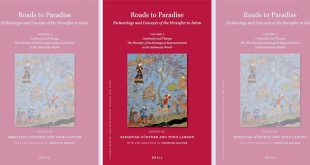While some Western Scholars following the logic of external analysis, argue that Islamic law (like other secular and religious legal systems) is a product of society, history, and culture, many Islamic scholars, concentrating on an internal model of analysis, believe that this law is a divine code which God has sent for the salvation of mankind, now and in the hereafter.
The present paper addresses the mutual relationship between society and law in shaping women’s law in Islam from the perspective of the sociology of law. It analyzes the role of pre-Islamic social, political, and economic structures in the Arabian Peninsula in modeling women’s law and highlights some customary laws which were rejected or revived and integrated in Islamic jurisprudence. In this regard, the paper reviews issues such as polygyny, rights to inheritance, marriage, the process of testimony and acceptable forms of evidence in legal matters, diyya, the exclusion of women from the judiciary and the system of issuing fatwa, natural right of guardianship of underage children after divorce, and regulations related to the veil. Finally, referring to the manner of the Prophet of Islam, the paper suggests that ʿurf can be considered as a source of Islamic legislation alongside other commonly known sources of fiqh.
Bibliographic Information
Title: Shiʿi Preaching in West Africa: the Dakar sermons of Lebanese Shaykh al-Zayn
Author: Abbas Mehregan
Published in: International Journal for the Semiotics of Law – Revue Internationale de Sémiotique Juridique 29 (2):405-424 (2016)
Language: English
Length: 19 pages
 Ijtihad Network Being Wise and Faithful Muslim in the Contemporary World
Ijtihad Network Being Wise and Faithful Muslim in the Contemporary World
